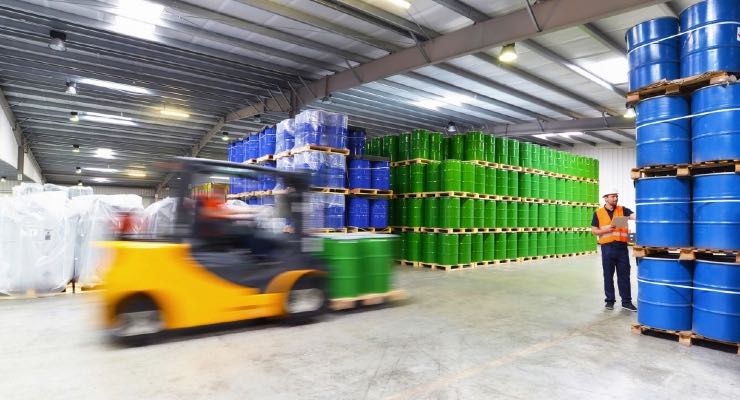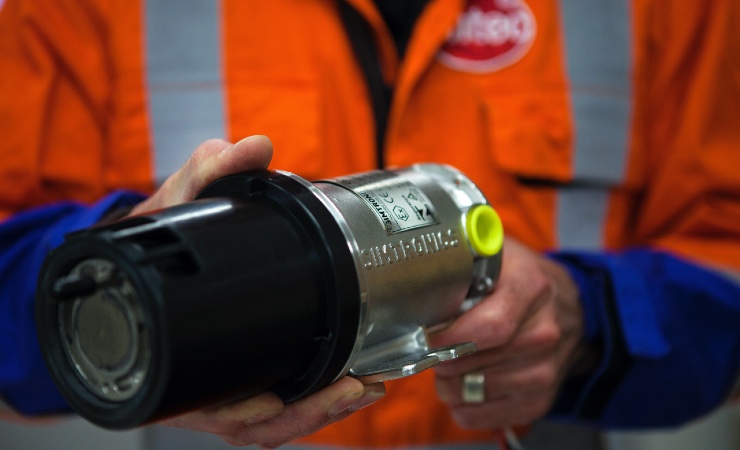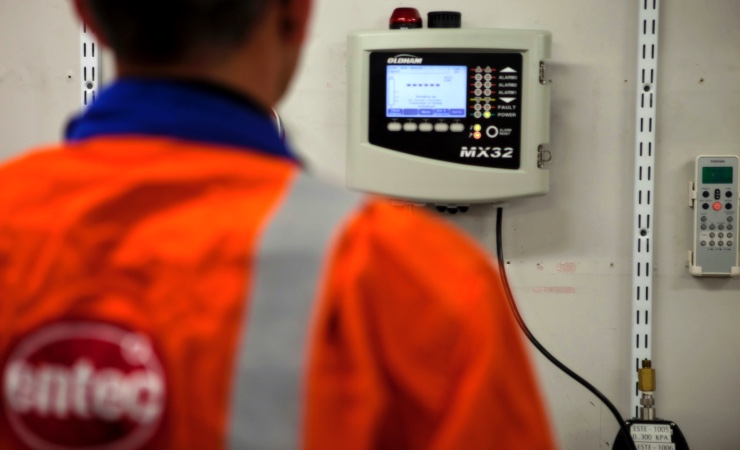
This fixed gas detection system tutorial is designed to help you prevent the issues we commonly find in the field and keep your people safe.
We’ve invested heavily over the last year in our product and service offering for fixed-point gas detection systems, by adding people and new products into our team.
As we visit more clients, we are finding more issues with existing fixed gas detection system equipment that is not working correctly, for a variety of reasons.
The alarming (no pun intended) thing about this is the false sense of security these people feel, when in fact they’re not as well protected from flammable and toxic gas hazards as they should be.
Fixed Gas Detection System Tutorial: Checklist
So here’s a brief checklist of the items you need to have correctly ticked to ensure maximum compliance and safety. And, no surprise, the team at Entec can help you with any and all of these items…
Equipment selection
- What gas(es) need to be detected? Do the gas transmitters have the correct type of sensors installed for the target gases?
- What zone do the gas transmitters need to be rated for? Are the transmitters located in a hazardous area (e.g. flammable gas or dust present), or is the area non-hazardous?
- What’s the environment? Fixed gas transmitters are available with a variety of IP ratings, and sometimes benefit from additional protection such as rain hoods and filters.
- How are the transmitters controlled, and what is the alarm response? System controllers range from the simple to the complex, and alarms can produce a range of outputs from flashing lights and sounders to signals into a site DCS and all the way up to hard-wired ESD response.

We have further information available on our Fixed Gas Transmitters and Fixed Gas Detection Controllers pages.
Installation
This is so easy to get wrong and so, so important to get right. Check out our fixed gas detector case studies for some real-life examples of incorrect placement of sensors that rendered the site’s gas detection system completely redundant!
- Are the gas transmitters located in the right place in order to detect the target gas? Some gases are lighter than air, some are heavier than air. There may be other influences in the immediate vicinity (e.g. ventilation flows). This dictates where the transmitters should be optimally located.
- Is the installation safe and compliant? Are the wiring and terminations correct for the relevant hazardous zoning? Has the work been carried out by a suitably qualified tradesman?
Commissioning
- Have the gas sensors been properly calibrated at the time of commissioning? A brand-new sensor should have been calibrated when it was manufactured but may drift with time or during the shipping process.
- Is the controller properly set-up? Are all transmitters properly configured back at the controller? And have all the controller alarm responses been properly function-tested?

Service
Just like any other piece of process-critical or safety-critical equipment, a gas detection system needs periodic inspection and service to ensure it works as specified.
- Do the sensors have a current calibration? Typically sensors require attention every 6 or 12 months to ensure they are correctly calibrated.
- Is the equipment still in correct working order? The system should be periodically function-tested to ensure it is still operating as it did at the time of commissioning.
- Have there been any plant changes that may affect the gas detection system? Has anything changed (new process, additional gas hazards, layout changes?) that means the gas detection system needs to be reviewed?
A regular visit from an experienced gas detection technician will help ensure the ongoing health and functionality of your gas detection system.
In closing
I hope you found this fixed gas detection system tutorial useful. As you can see, there are more than a few traps to avoid.
Did you find this fixed gas detection system tutorial useful? If you’d like any advice from one of our friendly gas detection team, please shout out!
- Fill out the “Enquire Here” form below
- Ph (06) 758-3030 ext 2 » (click to call)
- Email us »
- Visit our Contact page »
It is important to understand how permits work so that you are not breaking any laws or isolation practices when switching, and more importantly, keeping everyone working under the HV isolation safe.